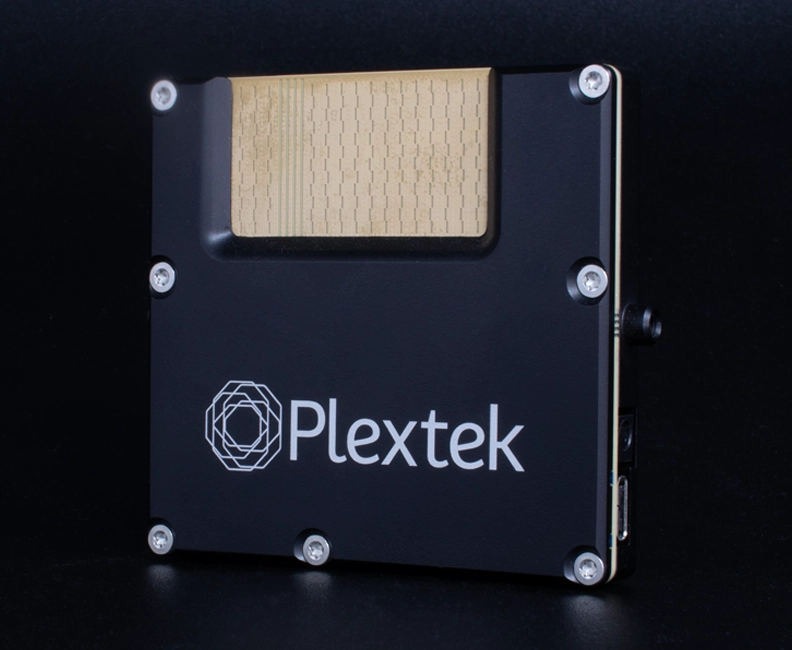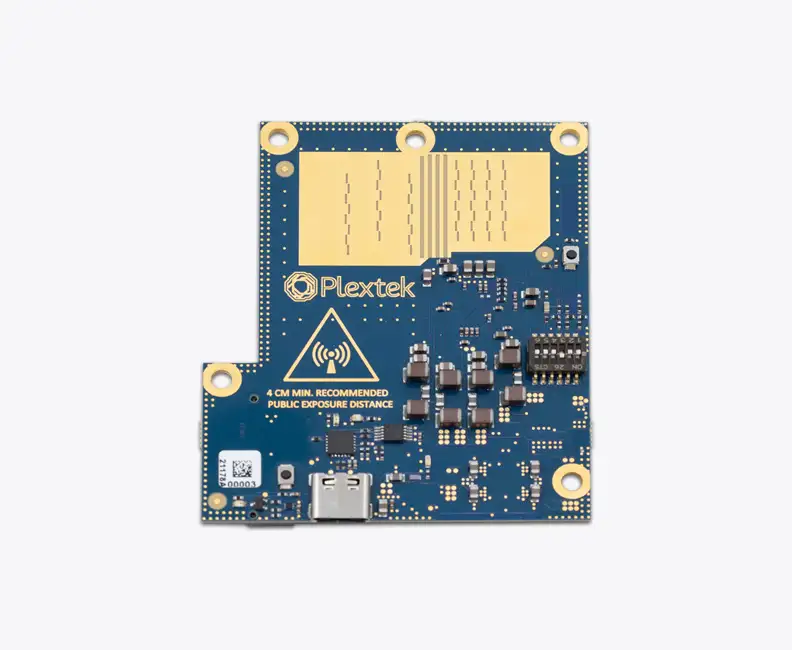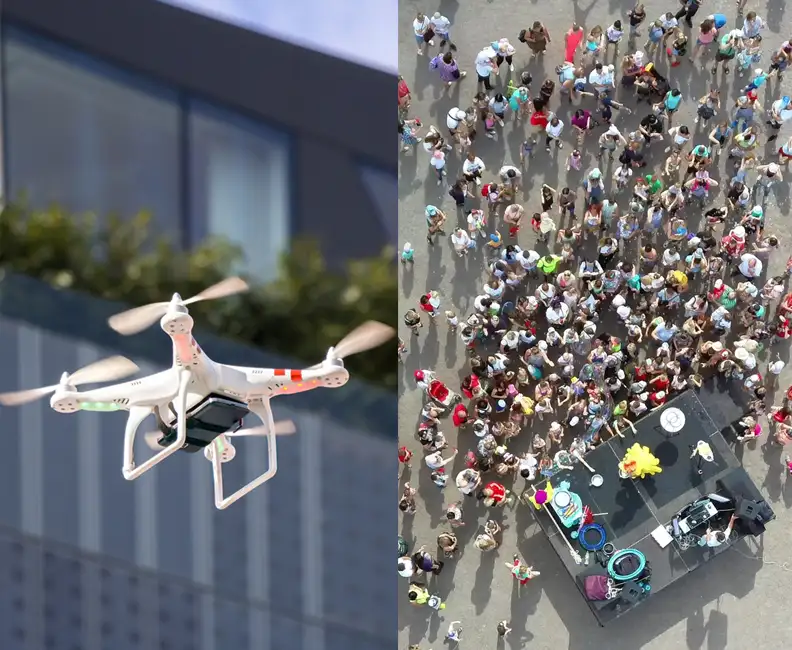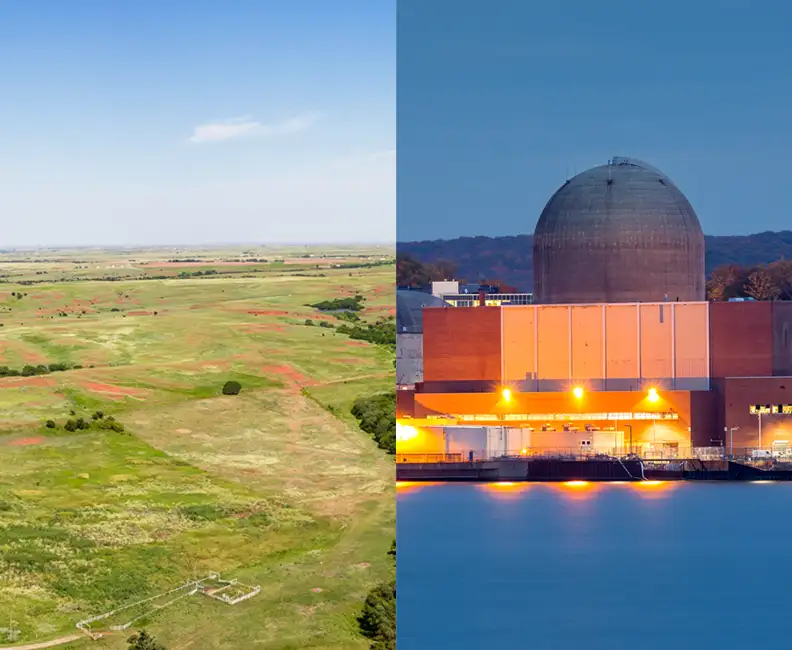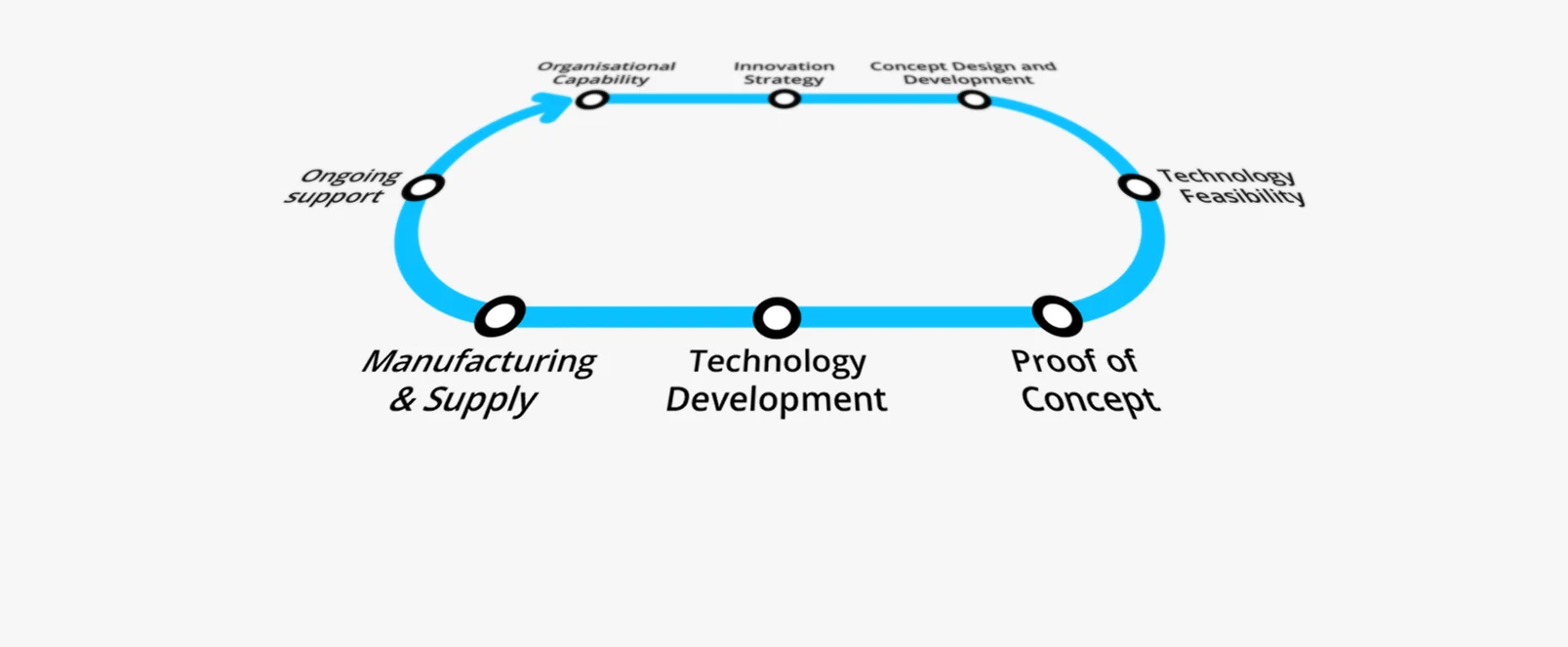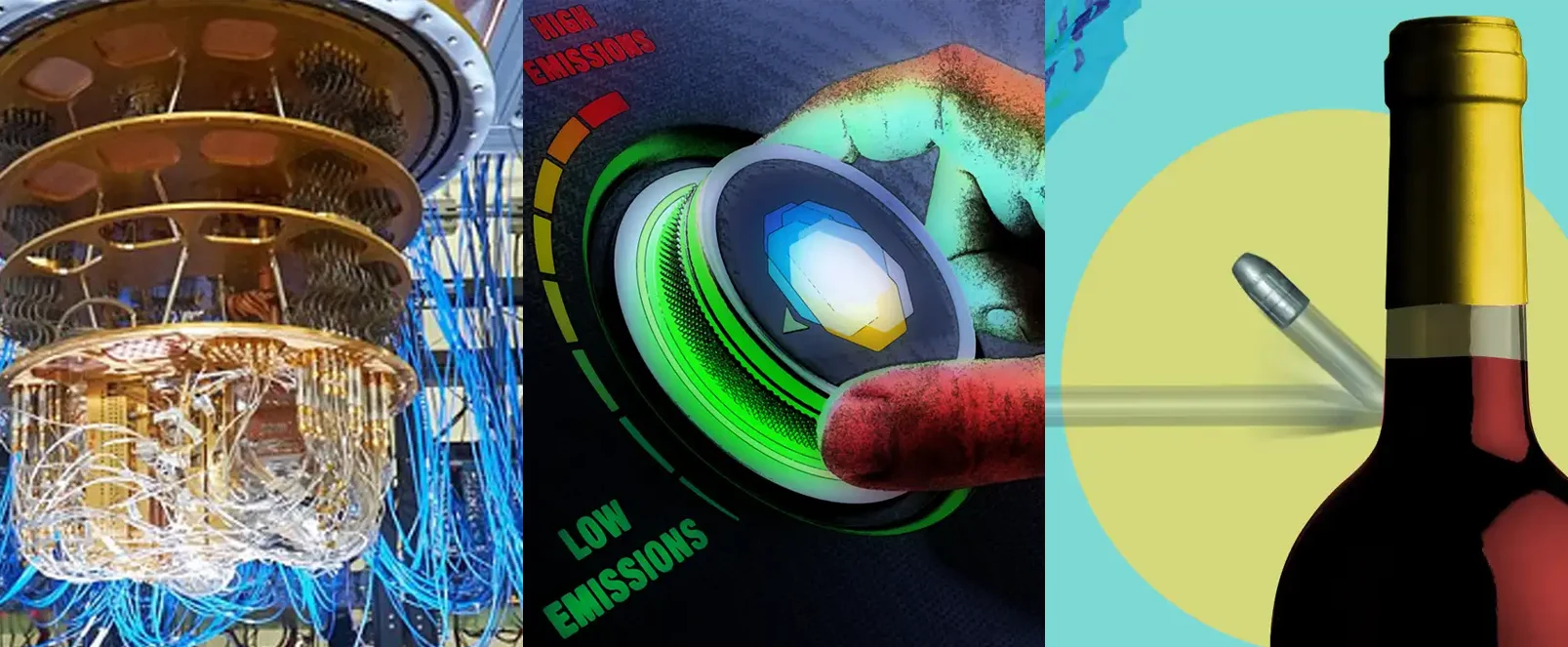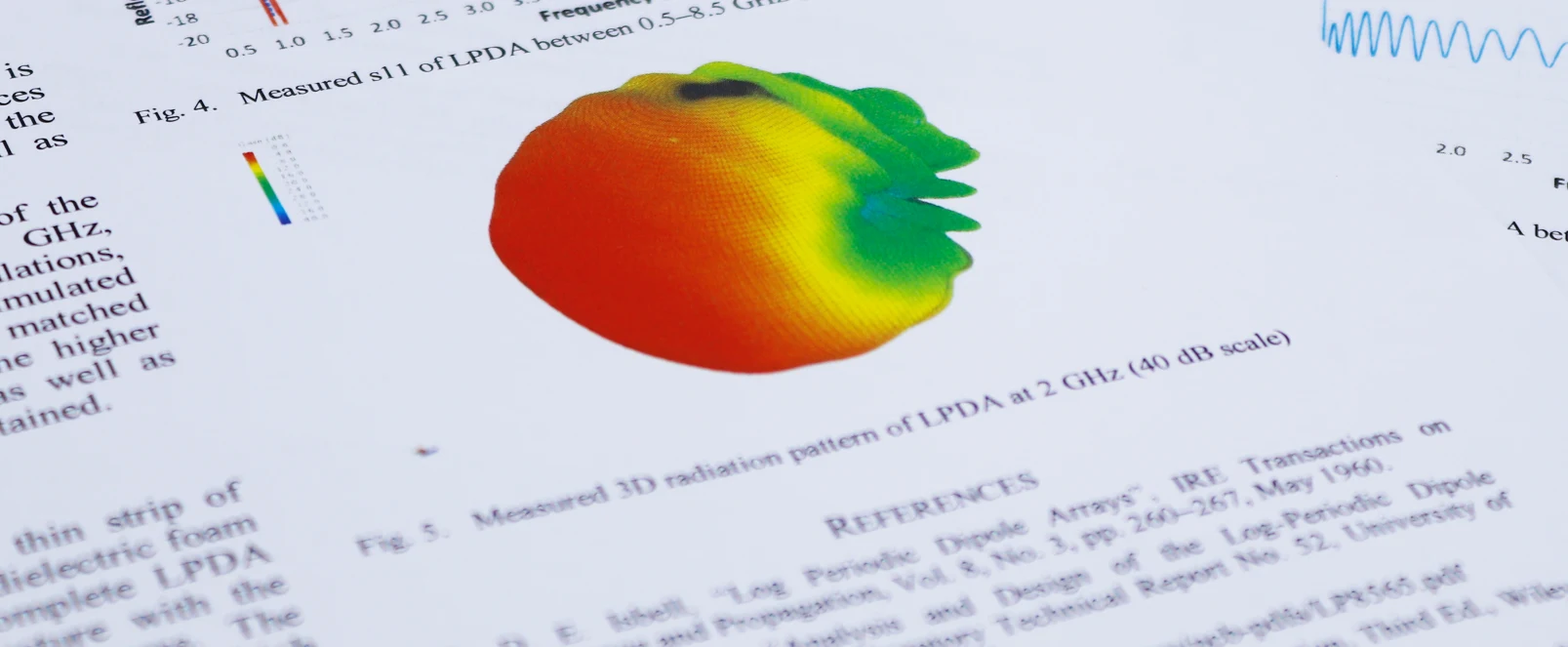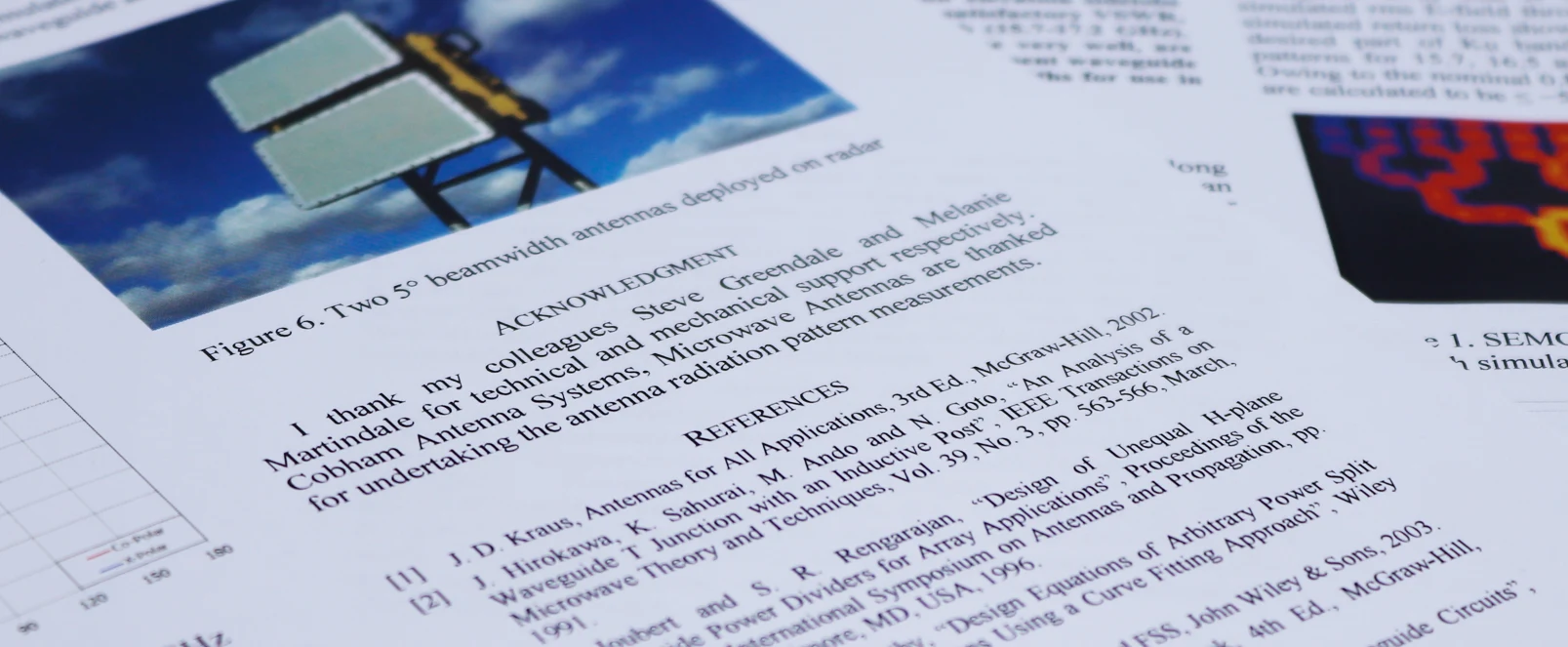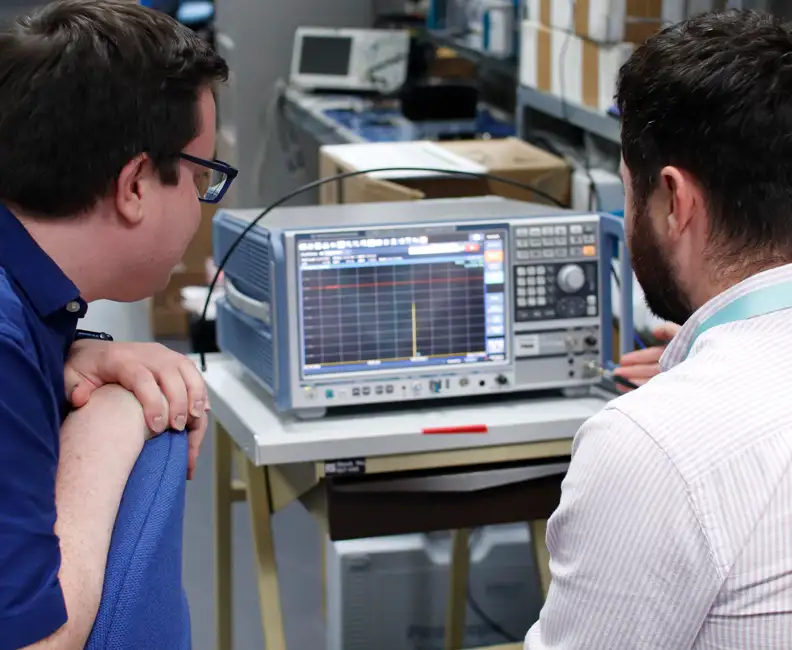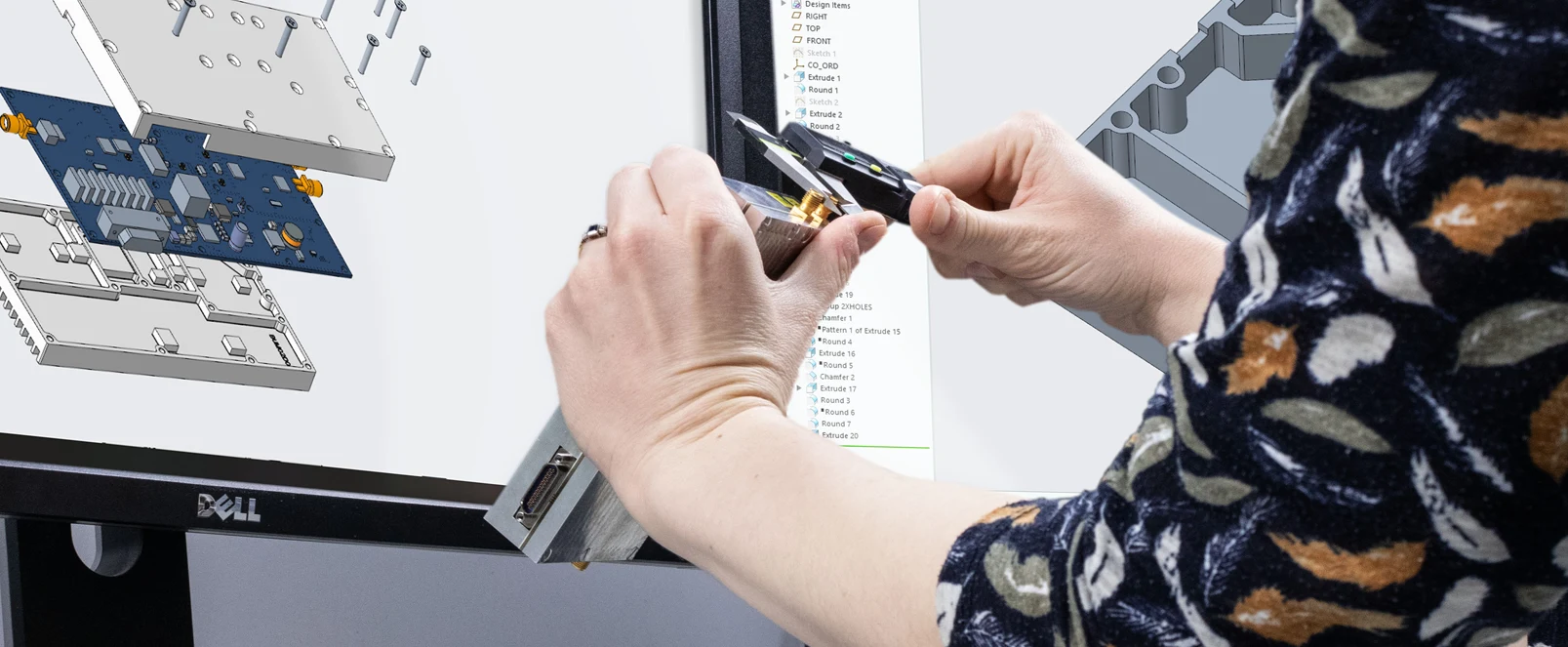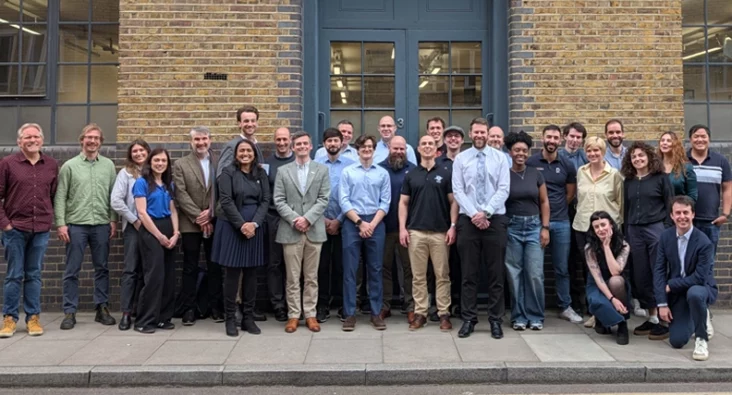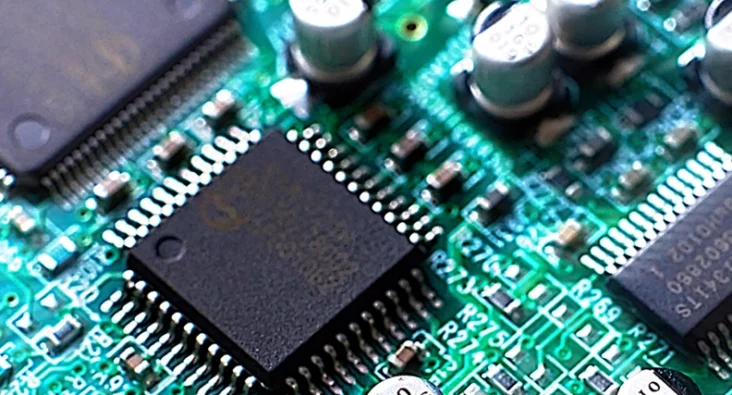Exploring how the integration of 5G/6G technologies with satellite networks is transforming global connectivity through Non-Terrestrial Networks and Direct-to-Device communication.
Understanding 5G/6G and Space Communications
The Complex Landscape of NTN Development
Richard Jacklin, Commercial Lead for Space & Satellite at Plextek, describes the NTN landscape as
a multi-dimensional Rubik’s cube” due to the various competing solutions and technical challenges.”
Interestingly, at present there is no clear leader in the race. There are multiple approaches, each of which can be segmented in different ways.
Navigating trade-offs
-
Multi-dimensional Complexity
This is still an evolving part of the mobile standards world, with many competing solutions.
-
Frequency Allocation
There are different approaches regarding how frequencies are used.
-
Infrastructure Placement
From “bent pipe” communications with higher latency to edge processing in satellites that improves user experience but increases power consumption, the industry is navigating complex trade-offs while determining the best approaches for different use cases.
The Landscape
Examining the industry landscape, we see that key players like Apple/Globalstar, Starlink, AST Mobile, OneWeb and Iridium each target specific markets.
For example, Apple/Globalstar use satellite spectrum for device communication, while Starlink focuses on standard mobile spectrums. Iridium primarily serves government and emergency-use cases.
- Plextek specializes in radio technology to offer flexible and scalable solutions tailored to meet diverse industry needs. This allows us to address all market segments effectively and adapt to the evolving demands of the communication industry.
Technical Challenges and Solutions
Efficient Frequency Usage
High spectral efficiency is one of 5G’s defining features. Leveraging these technologies can lead to more efficient use of the frequency spectrum.
- Plextek specialises in developing lightweight, compact, and highly efficient solutions with deep experience in filtering and spectral management.
Power Management
In all mobile 5G and 6G applications, there is a critical need for both linearity and power efficiency, and these two factors are closely linked.
- Plextek are actively developing AI and machine learning to improve the performance of base station hardware, especially in terms of linearity and power consumption.
Latency Mitigation
Latency is related to the distance of these satellites. The laws of physics cannot be broken.
- Plextek focuses on minimising latency’s impact through edge processing in space and developing extremely low-power communication standards.
Signal Loss
Signal loss over space is a huge problem. Transmitting over hundreds of kilometres means much higher free-space path loss than in terrestrial networks. So, every fraction of a decibel matters.
- Plextek optimises front-end performance through better filters, low-noise amplifiers, and reducing system noise.

Why work with Plextek?
Our Strengths in Space Technology
At Plextek, we collaborate with a wide range of partners, drawing on our technical expertise in RF front-end design, low-loss and low-power solutions, and fundamental design principles such as scalability and testability. Our testing capabilities allow for accurate performance evaluations, covering communication technology development to space electronics.
With a history of successfully tackling challenges in space environments, we are a trusted partner for mission-critical space technologies.
Industry Applications and Opportunities

The Future of Connectivity
We explore 5G, 6G, and the role of space-based networks

5G, 6G & O-RAN
Next-generation wireless networks for enhanced connectivity and performance








